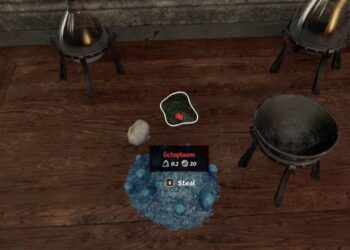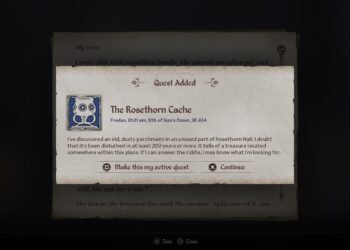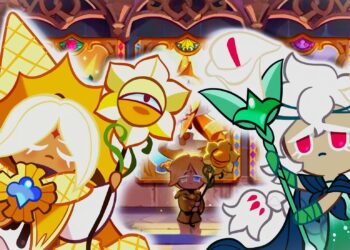While many fans of Monster Hunter Wilds are drawn to the intense boss battles, there’s a significant portion of players who find joy in crafting impressive armor sets. Equipping your character with a new high-level outfit serves as a badge of honor in the community, showcasing your skill as a hunter.
However, armor is not just about looks. It boosts your base defense and elemental resistances, and it also influences the skills you can use during combat. Unlike other action RPGs, Monster Hunter doesn’t have a straightforward upgrade path. Instead, your capabilities depend on your chosen loadout. Below, we outline the various types of skills in Wilds and how they work together.
Understanding Equipment Skills
Equipment skills are abilities linked to specific armor or weapons you have equipped. For instance, if you use a sword and shield that features the Guard ability, you’ll gain that capability while hunting.
These skills come with levels, allowing for further enhancement. Wearing a helmet that grants Speed Eating provides you with Speed Eating Lv1, but adding another piece of gear with the same skill boosts it to Lv2, and equipping yet another piece raises it to Lv3.
Most skill effects are capped at either Lv3 or Lv5, depending on whether you equip three or five items with the same skill.
As you customize your skill loadout through thoughtful armor crafting, you gain a significant level of flexibility. You can opt for a wider range of lighter skills or concentrate on fewer but more powerful perks.
Overview of Group Skills
Group skills come into play when certain armor pieces work in tandem to provide additional abilities, regardless of whether they come from the same monster.
For example, there are various armor sets that fall under the Flexible Leathercraft classification. Equipping any three items from this category grants you the Hunter Gatherer skill, no matter the sources of the armor. Below is a summary of all the group skills available in the game:
| Armor Group Name | Group Skill Name | Group Skill Effect |
|---|---|---|
| Alluring Pelt | Diversion | Increases monster attention when you attack. |
| Butterfly Leathercraft | Affinity Sliding | Boosts your affinity while sliding. |
| Flexible Leathercraft | Hunter Gatherer | Prevents knockback and boosts speed for carving and gathering. |
| Fortifying Pelt | Fortify | Enhances attack and defense after fainting, usable twice. |
| Guardian’s Protection | Ward of Wyveria | Reduces elemental damage in the Ruins of Wyveria. |
| Guardian’s Pulse | Wylk Burst | Boosts stamina and red gauge recovery near Wylkrystals. |
| Imparted Wisdom | Forager’s Luck | Increases chances of finding rare gathering spots. |
| Lord’s Favor | Inspiration | Boosts attack power when using area effects. |
| Lord’s Fury | Resuscitate | Increases attack when dealing with ailments. |
| Neopteron Alert | Honey Hunter | Increases honey gathering. |
| Neopteron Camouflage | Fleetfoot | Boosts movement speed while crouching and helps evade monster attention. |
| Scale Layering | Adrenaline | Reduces stamina consumption when health drops below 40%. |
| Scaling Prowess | Master Mounter | Makes mounting monsters easier. |
To activate group skills, you must equip three armor pieces.
Understanding Set Bonuses
Set bonuses function similarly to group skills, but they have more requirements. You need specific armor from certain monsters to gain their advantages.
Interestingly, full armor sets aren’t necessary to trigger these bonuses. The first level activates with just two pieces equipped, and the second level requires four. Here are the set bonuses you should keep an eye out for:
| Set Bonus Name | Effect |
|---|---|
| Arkveld’s Hunger |
|
| Blangonga’s Spirit |
|
| Doshaguma’s Might |
|
| Ebony Odogaron’s Power |
|
| Fulgur Anjanath’s Will |
|
| Gore Magala’s Tyranny |
|
| Gravios’s Protection |
|
| Guardian Arkveld’s Vitality |
|
| Jin Dahaad’s Revolt |
|
| Nu Udra’s Mutiny |
|
| Rathalos’s Flare |
|
| Rey Dau’s Voltage |
|
| Uth Duna’s Cover |
|
| Xu Wu’s Vigor |
|






